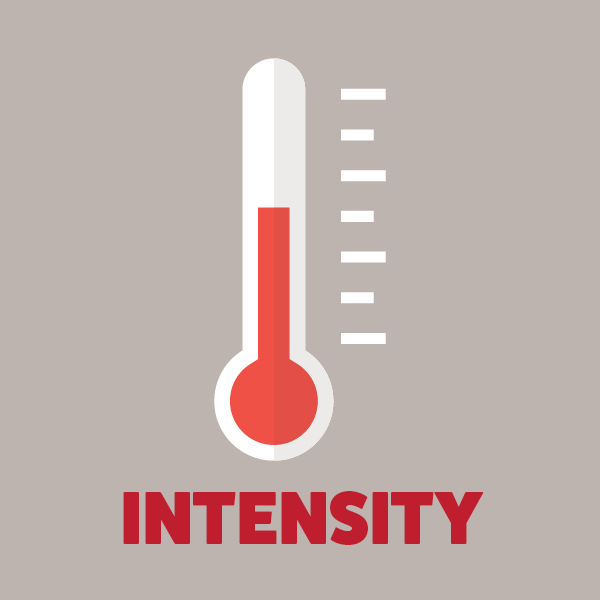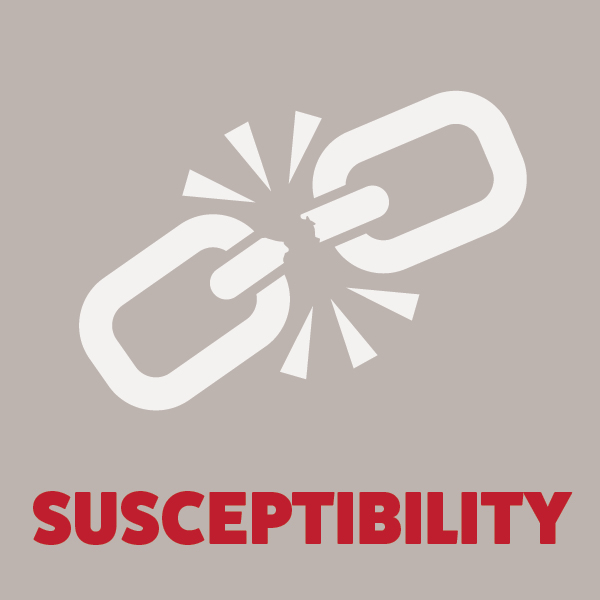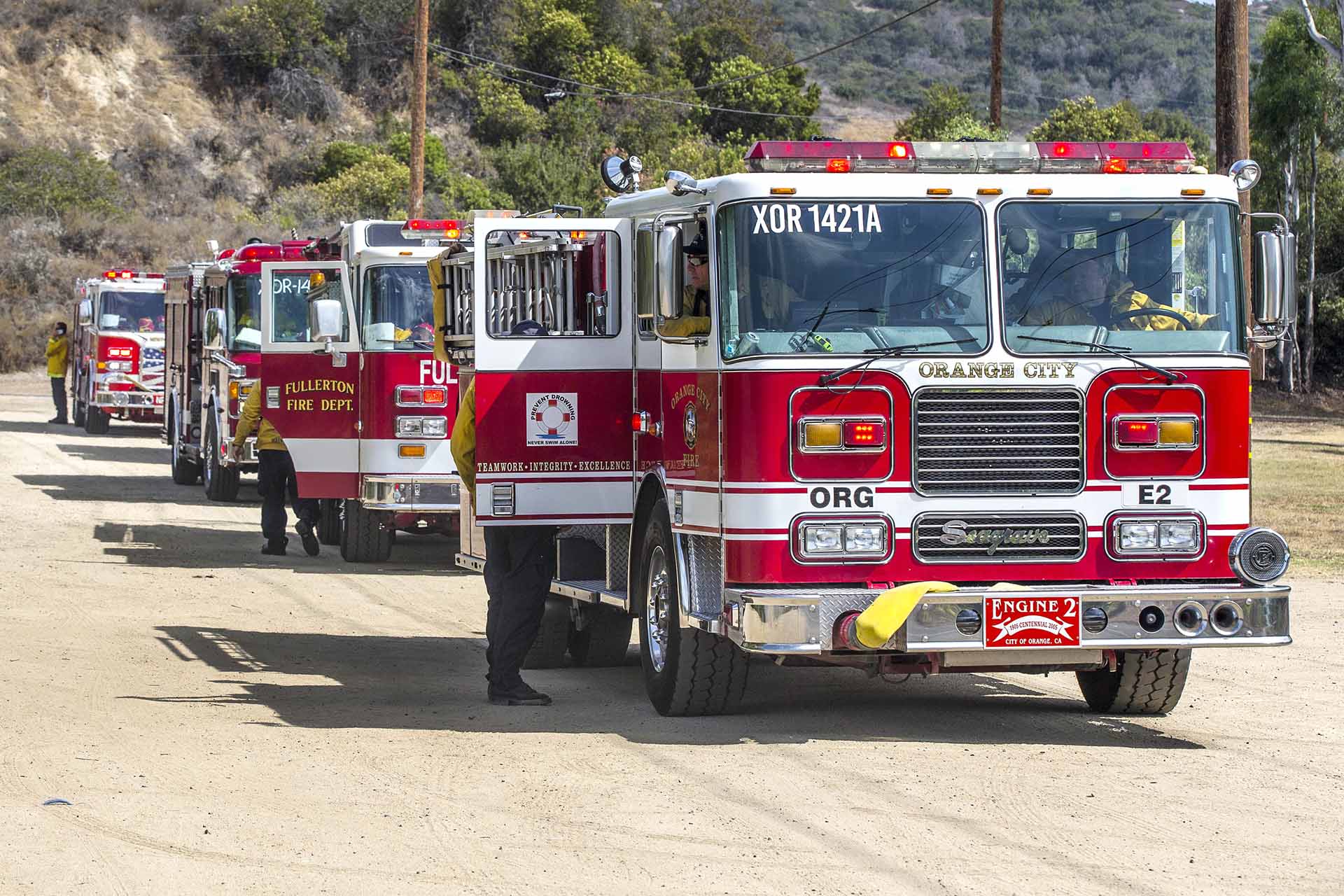
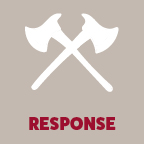
Response
Manage and fight wildfires to protect lives, communities, and resources.
About Response
Wildfire response in the United States is extremely successful, with the vast majority of wildfires contained and extinguished upon initial attack. Extensive coordination and resources at the local, state, and federal level are required to safely and effectively suppress wildfires.
Firefighter and public safety is the first priority in every fire management activity according to the Federal Wildland Fire Policy. Safe, effective, and efficient wildfire response is one of three goals under the National Cohesive Wildland Fire Management Strategy. As wildfires grow in frequency and size, responding will increasingly rely on organization, communication, and risk-based management tools.

Explore your community’s risk.
Community Tools
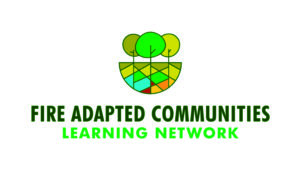
Fire Adapted Communities Learning Network
The Fire Adapted Communities Learning Network connects and supports people and communities who are striving to live more safely with wildfire. The purpose of FAC Net is to exchange information, collaborate to enhance the practice of fire adaptation, and work together and at multiple scales to help communities live safely with fire. This includes embracing resiliency concepts and taking action before, during and after wildfires. They offer a Fire Adapted Communities Self-Assessment Tool (FAC SAT) to help communities assess their level of fire adaptation and track their capacity to live safely with fire over time
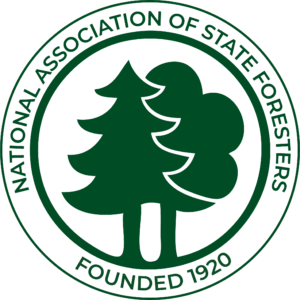
National Association of State Foresters
The National Association of State Foresters is a non-profit organization composed of the directors of forestry agencies in the states, U.S. territories, and the District of Columbia. State foresters manage and protect state and private forests, which encompass nearly two-thirds of the nation’s forests.
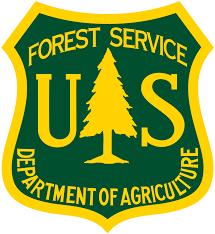
Federal Excess Personal Property Program & Firefighter Property Program
The Federal Excess Personal Property (FEPP) program loans Forest Service-owned vehicles, equipment, and other property to state foresters for wildland and rural firefighting.
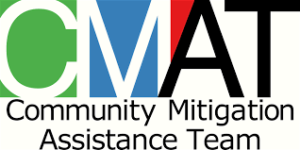
Community Mitigation Assistance Team (CMAT)
Community Mitigation Assistance Teams are a national interagency resource designed to work collaboratively with local partners to build sustainable mitigation programs focused on community fire adaptation actions on the ground. A CMAT works with communities at high risk of wildfire to analyze their mitigation programs and barriers, develop workable solutions to help move mitigation forward, share best mitigation practices for achieving outcomes, and build successful partnerships.
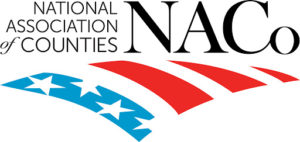
NACo County Wildfire Playbook
The National Association of Counties (NACo) produced this county leadership guide to help communities become more fire adapted and learn to live with wildland fire. The playbook has been designed by county commissioners, for county commissioners, as they endeavor to fortify and protect communities from high severity impacts of wildland fire.

Volunteer Fire Assistance
The Volunteer Fire Assistance (VFA) program, formerly known as the Rural Community Fire Protection program, is administered by state forestry agencies through 50-50 cost-sharing grants to fire departments in rural communities. The program’s main goal is to provide federal financial, technical, and other assistance for the organization, training, and equipping of fire departments in rural areas, defined as having a population of 10,000 or less.

Limited English Proficiency
LEP.gov provides resources and information to expand and improve language access for individuals with limited English proficiency. The site provides data and language maps as well as guidance and resources for those working in emergency preparedness.
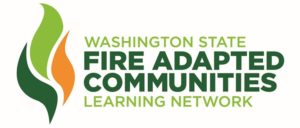
Ready.Gov
Ready.gov provides free information for all people seeking to prepare for disasters. This resource includes material tailored to individuals with access and functional needs. Information includes important planning considerations, emergency communication plan templates, and videos with open captions and American Sign Language.

Capacity-Building Toolkit for including Aging and Disability Networks in Emergency Planning
Developed by the US Department of Health and Human Services Office of the Assistant Secretary for Preparedness and Response in coordination with the National Association of County and City Health Officials, this free toolkit provides a resources guide for aging and disability networks to plan for and respond to disasters. Content is designed to support those with access and functional needs.

Emergency Managers Toolkit: Meeting the Needs of Latino Communities
Emergency managers and other emergency responders need to ensure that the LatinoHispanic residents of their communities receive needed information and assistance to prepare for, survive, and recover from public emergencies. This toolkit is designed to facilitate that process.
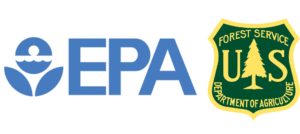
Fire and Smoke Map
The AirNow Fire and Smoke Map provides information in English and Spanish that can be used to help protect your health from wildfire smoke. It shows air quality information, fire locations, smoke plumes, smoke forecasts, and more. It is a collaboration between the U.S. Forest Service and the U.S. Environmental Protection Agency.

State Fire Training Grants
The U.S. Fire Administration (USFA) provides grants each year to state fire training agencies to bolster the delivery of National Fire Academy classes to career and volunteer fire and emergency services personnel from state, local, Tribal, and territorial organizations.

Assistance to Firefighters Grant (AFG) Program
FEMA’s Assistance to Firefighters Grant (AFG) program funds critically needed resources to equip and train emergency personnel, enhance efficiencies, and support community resilience, such as wildland firefighter and officer training, basic wildland firefighting equipment, wildland firefighting personal protective equipment (PPE), and wildland fire apparatus.

Staffing for Adequate Fire and Emergency Response (SAFER) Grant Program
FEMA’s Staffing for Adequate Fire and Emergency Response (SAFER) grant program provides funds to assist in increasing the number of firefighters to help communities meet industry minimum standards and attain 24-hour staffing to provide adequate protection from fire and fire-related hazards. Wildland firefighter training and wildland PPE are also funded.

Fire Prevention and Safety (FP&S) Grant Program
FEMA’s Fire Prevention and Safety (FP&S) grant program provides funding for fire prevention programs and supports firefighter health and safety research and development. Wildland urban interface projects such as community risk assessments, adoption or reinstatement of WUI fire codes, and WUI education/awareness projects are funded.
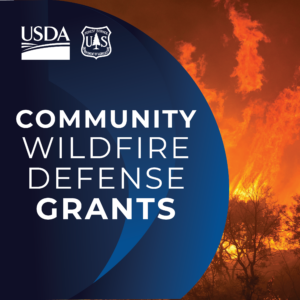
Community Wildfire Defense Grants (CWDG)
The Community Wildfire Defense Grant (CWDG) program provides grants to communities at risk from wildfire to develop or revise their community wildfire protection plans and carry out mitigation projects described within those plans. It is administered by the USDA Forest Service.
Research & Science
- Dunn C, Calkin D, & Thompson M. (2017). Towards enhanced risk management: planning, decision making and monitoring of US wildfire response. International Journal of Wildland Fire, 26, 551-556.
- Méndez M, Flores-Haro G, Zuckerc L. (2020). The (in)visible victims of disaster: Understanding the vulnerability of undocumented Latino/a and indigenous immigrants. Geoforum. 116:50-62.
- Safe and effective wildfire response. (n.d.). USDA Forest Service.
- Taylor JG, Gillette SC, Hodgson RW, & Downing JL. (2005). Communicating with wildland interface communities during wildfire. USGS Open-File Report 2005-1061. Reston, VA: U.S. Geological Survey.
- Wigtil G; Hammer RB, Kline JD, Mockrin MH, Stewart SI, Roper D, Radeloff VC. (2016). Places where wildfire potential and social vulnerability coincide in the coterminous United States. International Journal of Wildland Fire. 25: 896-908.
- Wildfire Risk Management Science Team. (n.d.). USDA Forest Service, Rocky Mountain Research Station.
Learn how these actions align with federal policies and initiatives.


